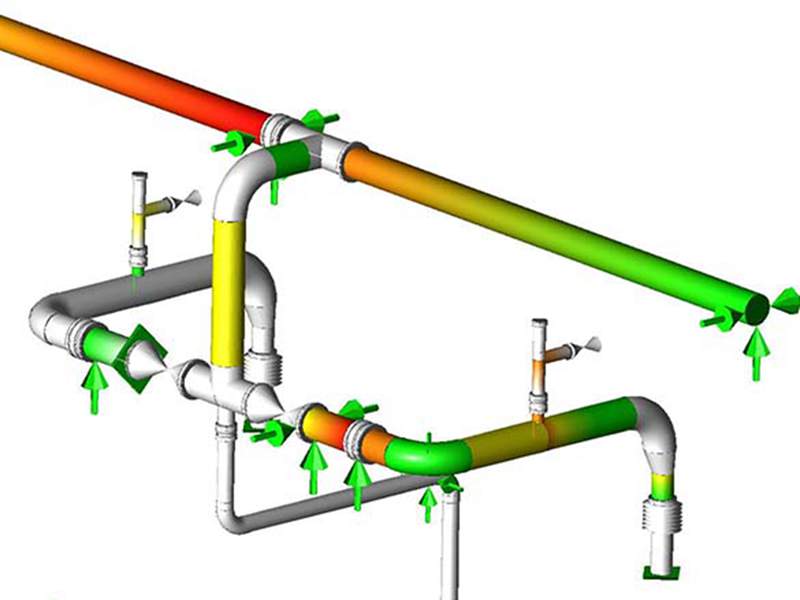
-
 Afrikaans
Afrikaans -
 Albanian
Albanian -
 Amharic
Amharic -
 Arabic
Arabic -
 Armenian
Armenian -
 Azerbaijani
Azerbaijani -
 Basque
Basque -
 Belarusian
Belarusian -
 Bengali
Bengali -
 Bosnian
Bosnian -
 Bulgarian
Bulgarian -
 Catalan
Catalan -
 Cebuano
Cebuano -
 China
China -
 China (Taiwan)
China (Taiwan) -
 Corsican
Corsican -
 Croatian
Croatian -
 Czech
Czech -
 Danish
Danish -
 Dutch
Dutch -
 English
English -
 Esperanto
Esperanto -
 Estonian
Estonian -
 Finnish
Finnish -
 French
French -
 Frisian
Frisian -
 Galician
Galician -
 Georgian
Georgian -
 German
German -
 Greek
Greek -
 Gujarati
Gujarati -
 Haitian Creole
Haitian Creole -
 hausa
hausa -
 hawaiian
hawaiian -
 Hebrew
Hebrew -
 Hindi
Hindi -
 Miao
Miao -
 Hungarian
Hungarian -
 Icelandic
Icelandic -
 igbo
igbo -
 Indonesian
Indonesian -
 irish
irish -
 Italian
Italian -
 Japanese
Japanese -
 Javanese
Javanese -
 Kannada
Kannada -
 kazakh
kazakh -
 Khmer
Khmer -
 Rwandese
Rwandese -
 Korean
Korean -
 Kurdish
Kurdish -
 Kyrgyz
Kyrgyz -
 Lao
Lao -
 Latin
Latin -
 Latvian
Latvian -
 Lithuanian
Lithuanian -
 Luxembourgish
Luxembourgish -
 Macedonian
Macedonian -
 Malgashi
Malgashi -
 Malay
Malay -
 Malayalam
Malayalam -
 Maltese
Maltese -
 Maori
Maori -
 Marathi
Marathi -
 Mongolian
Mongolian -
 Myanmar
Myanmar -
 Nepali
Nepali -
 Norwegian
Norwegian -
 Norwegian
Norwegian -
 Occitan
Occitan -
 Pashto
Pashto -
 Persian
Persian -
 Polish
Polish -
 Portuguese
Portuguese -
 Punjabi
Punjabi -
 Romanian
Romanian -
 Russian
Russian -
 Samoan
Samoan -
 Scottish Gaelic
Scottish Gaelic -
 Serbian
Serbian -
 Sesotho
Sesotho -
 Shona
Shona -
 Sindhi
Sindhi -
 Sinhala
Sinhala -
 Slovak
Slovak -
 Slovenian
Slovenian -
 Somali
Somali -
 Spanish
Spanish -
 Sundanese
Sundanese -
 Swahili
Swahili -
 Swedish
Swedish -
 Tagalog
Tagalog -
 Tajik
Tajik -
 Tamil
Tamil -
 Tatar
Tatar -
 Telugu
Telugu -
 Thai
Thai -
 Turkish
Turkish -
 Turkmen
Turkmen -
 Ukrainian
Ukrainian -
 Urdu
Urdu -
 Uighur
Uighur -
 Uzbek
Uzbek -
 Vietnamese
Vietnamese -
 Welsh
Welsh -
 Bantu
Bantu -
 Yiddish
Yiddish -
 Yoruba
Yoruba -
 Zulu
Zulu
Exploring the Role of FRP Settlers in Modern Urban Development
FRP Settler Revolutionizing the Future of Materials
In recent years, the evolution of materials science has led to significant innovations across various industries. One such advancement is the introduction and implementation of Fiber Reinforced Polymer (FRP) technology. FRP settlers, in particular, are becoming increasingly vital in applications ranging from construction to automotive engineering due to their remarkable properties.
Fiber Reinforced Polymers are composite materials made from a polymer matrix reinforced with fibers, such as glass, carbon, or aramid. The fibers provide strength and rigidity, while the polymer serves as a lightweight and corrosion-resistant matrix. This combination results in materials that offer high strength-to-weight ratios, making them ideal for applications where traditional materials, like steel or concrete, may add undue weight or be susceptible to corrosion.
FRP Settler Revolutionizing the Future of Materials
The versatility of FRP settlers extends to bridge construction and rehabilitation. Engineers have increasingly turned to FRP solutions for their ability to prolong the lifespan of existing infrastructures while minimizing weight. Bridges built with FRP components exhibit excellent durability and resistance to harsh conditions, allowing for safer passage and reduced maintenance costs. Moreover, their lightweight nature facilitates easier installation, reducing the time and manpower required for large-scale projects.
frp settler

Another prominent application lies within the automotive industry. The need for fuel efficiency and reduced emissions has driven the demand for lighter vehicles. By integrating FRP settlers into automotive design, manufacturers can achieve significant weight savings. This not only enhances fuel efficiency but also improves overall vehicle performance. Components such as body panels, structural members, and even interior fixtures are being made from FRP, showcasing its potential to revolutionize automotive manufacturing.
Moreover, the aerospace sector is tapping into the advantages of FRP technology. Airplanes constructed with FRP components are lighter and possess excellent structural integrity, leading to enhanced fuel efficiency and performance. Manufacturers are leveraging FRP for various aircraft parts, including wing structures and fuselage components, where the combination of weight savings and strength is critical.
On another front, environmental considerations are also driving the adoption of FRP technology. As industries strive to reduce their carbon footprints, the recyclability of FRP materials becomes a focal point. Although recycling FRP presents challenges, new methods are being developed to break down and repurpose these materials, thus promoting a more sustainable approach to manufacturing and waste management.
In conclusion, FRP settlers represent a significant evolution in materials technology, offering a host of benefits across multiple industries. Their superior strength, lightweight nature, and resistance to corrosion and environmental degradation position them as a prime choice for modern engineering challenges. As industries continue to seek innovative solutions to promote efficiency, sustainability, and safety, the role of FRP settlers is likely to expand further, paving the way for a new era of advanced materials. The ongoing research and development in this field will not only enhance product performance but also contribute to a sustainable future where resource conservation is a top priority. As we advance, the potential of FRP promises exciting opportunities for innovation and discovery, shaping a brighter, more efficient world.









